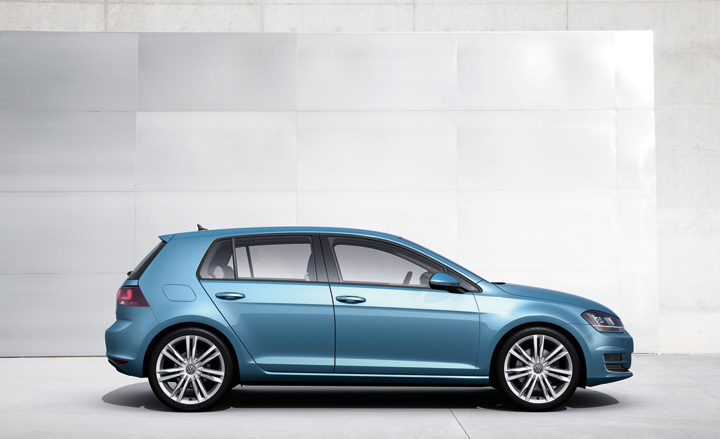
Since 1974, 29-million people have been made very happy by the VW Golf. The compact family hatchback epitomises the smart, reliable motoring middle ground by which all similar-sized cars are judged.
With so many customers satisfied with the basic recipe, radical design changes were out for the Mk7. As exterior designer Andreas Mindt puts it: 'You can recognise a Golf from 200 metres away, which is very rare in the auto industry. The Porsche 911 and Range Rover are two of not many others.'
But despite pressure to keep things the same, some key changes have been made to the Mk7 that add visual character and interior cabin comfort and functionality. Able to use the VW Group's flexible new MQB platform, the Mk7 can offer a host of features the Mk6 simply couldn't.
It's longer (by 56mm), lower (by 28mm) and wider (by 13mm) but it's still up to 100kg lighter and 23 per cent more fuel efficient. With a slightly longer roofline and a more upright C-pillar, it's also significantly more aerodynamic. Take into account the slimmer and more horizontal lights - the front ones with a new twin U-shaped LED light graphic on each side - and it's easy to tell the Mk6 and Mk7 apart.
Another defining detail is the cool and newly rhomboid fuel filler cap. Its lines run in parallel with the iconic C-pillar and open a little like a gull-wing door. It's a small touch, but one that is likely to make you smile every time a visit to the petrol station is needed.
An increased wheelbase (+59mm) boosts interior space, and it's really tangible: rear leg and headroom are great, even with tall passengers front and back. A vastly improved satnav touchscreen up front is angled towards the driver to reduce glare and ease its use. And the ribbed seats feel supportive and comfortable.
The new platform also allows the addition of useful gadgets for safety, infotainment, economy and comfort. Stop/start engine cut-out when idling to reduce emissions is now standard across the range, as is a multi-collision brake system that stops the vehicle after an impact to minimise the chance of a second. Higher trims get adaptive cruise control and city emergency braking pre-crash occupant protection, while the initial top GT spec includes a 5.8-inch touchscreen satnav system as well as front and rear parking sensors.
Also worth serious investigation is the £795 Adaptive Chassis Control option available on the higher-powered engines. It allows driving mode adjustment from the centre console into Eco, Normal, Sport and Individual (and with the DSG automatic gearbox an additional Comfort mode, too). Sport mode, in particular, makes a real difference, bringing a firmer, near-GTI feel to the Golf's steering, plus stiffer suspension, quicker accelerator pedal response and sportier gearing. The steering wheel paddles of the DSG seven-speed automatic are great as well, allowing quick up-and-down changes if you want to add human input.
All in all, then, another clear improvement. But while the Golf Mk7 remains a 'car for the people', it's gently going upmarket in price. Although the entry-level model starts at just over £16,000 from January 2013, prices for the ones you'd really want to own nudge up to £24,625 - and that's before the GTI model arrives in summer 2013.
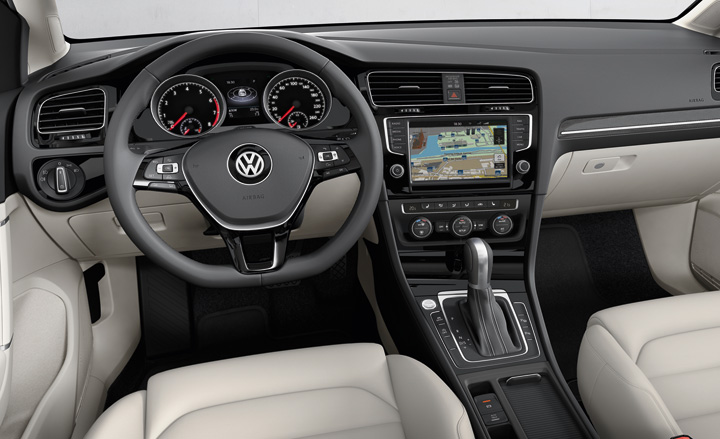
A vastly improved satnav touchscreen is angled more towards the driver to reduce glare and ease its use

An increased wheelbase boosts interior space and it's really tangible: rear leg and headroom are great and the ribbed seats feel supportive and comfortable
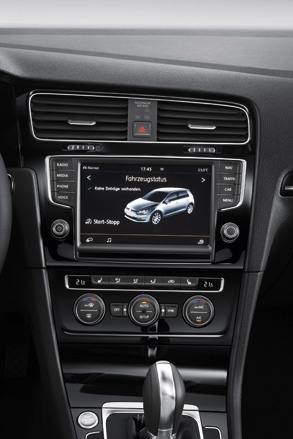
The new platform allows the addition of useful gadgets for safety, infotainment, economy and comfort
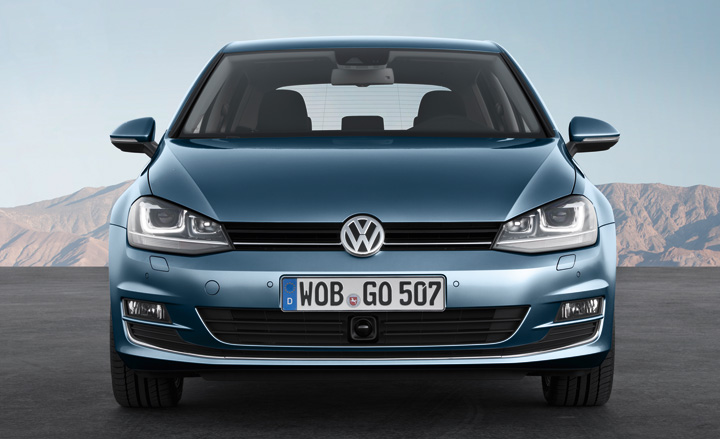
The front lights feature a new twin U-shaped LED light graphic on each side, a detail that sets the Mk6 and Mk7 apart

Another defining detail is the cool and newly rhomboid fuel filler cap, with lines that run in parallel with the iconic C-pillar's and open a little like a gull-wing door
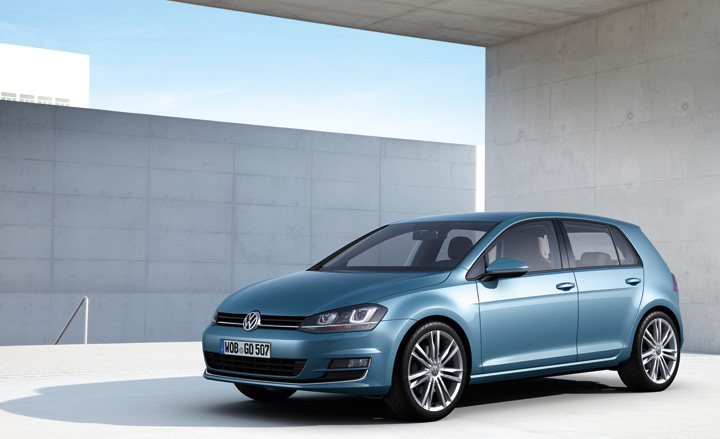
The compact family hatchback epitomises the smart and reliable motoring middle ground by which all similar-sized cars are judged
Receive our daily digest of inspiration, escapism and design stories from around the world direct to your inbox.
Guy Bird is a London-based writer, editor and consultant specialising in cars and car design, but also covers aviation, architecture, street art, sneakers and music. His journalistic experience spans more than 25 years in the UK and global industry. See more at www.guybird.com
-
 The new Tudor Ranger watches master perfectly executed simplicity
The new Tudor Ranger watches master perfectly executed simplicityThe Tudor Ranger watches look back to the 1960s for a clean and legible design
-
 This late-night hangout brings back 1970s glam to LA’s Sunset Boulevard
This late-night hangout brings back 1970s glam to LA’s Sunset BoulevardGalerie On Sunset is primed for strong drinks, shared plates, live music, and long nights
-
 How Memphis developed from an informal gathering of restless creatives into one of design's most influential movements
How Memphis developed from an informal gathering of restless creatives into one of design's most influential movementsEverything you want to know about Memphis Design, from its history to its leading figures to the pieces to know (and buy)
-
 Peugeot’s sparky 308 gets hybrid power and handsome lines
Peugeot’s sparky 308 gets hybrid power and handsome linesThe Peugeot 308 proves that mass-market design needn’t be dull, blending hybrid power with sharp lines and excellent detailing
-
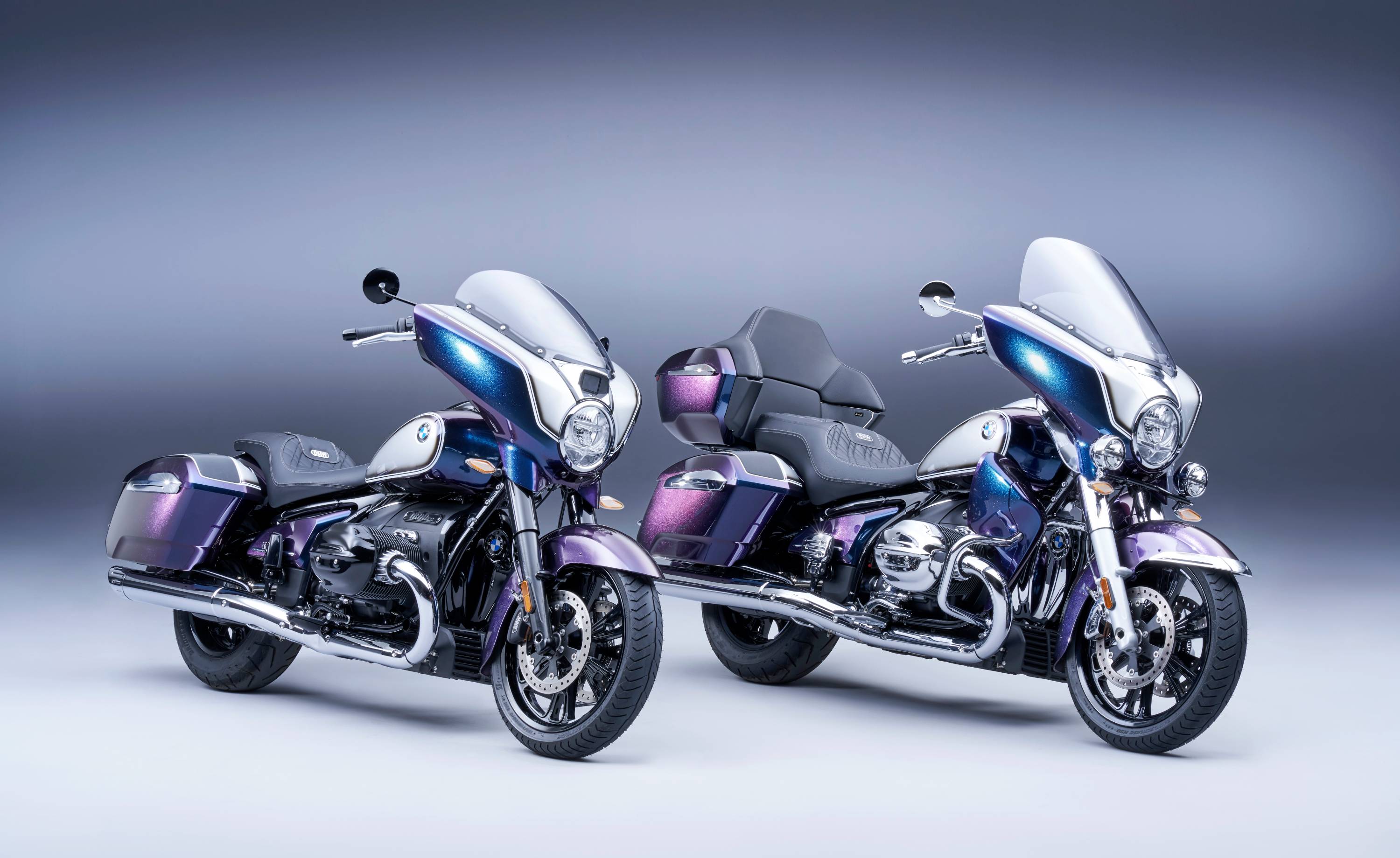 BMW Motorrad brings out the big guns for its newest cruisers
BMW Motorrad brings out the big guns for its newest cruisersBMW Motorrad R 18 Bagger and Transcontinental set the tone for high-voltage cruising with a brand collaboration with speaker specialist Marshall
-
 Dacia’s new Manifesto concept is a true outdoor utility vehicle
Dacia’s new Manifesto concept is a true outdoor utility vehicleUtilitarian auto brand Dacia sets a bold new agenda with its Manifesto, a concept car pitched at the active outdoor market
-
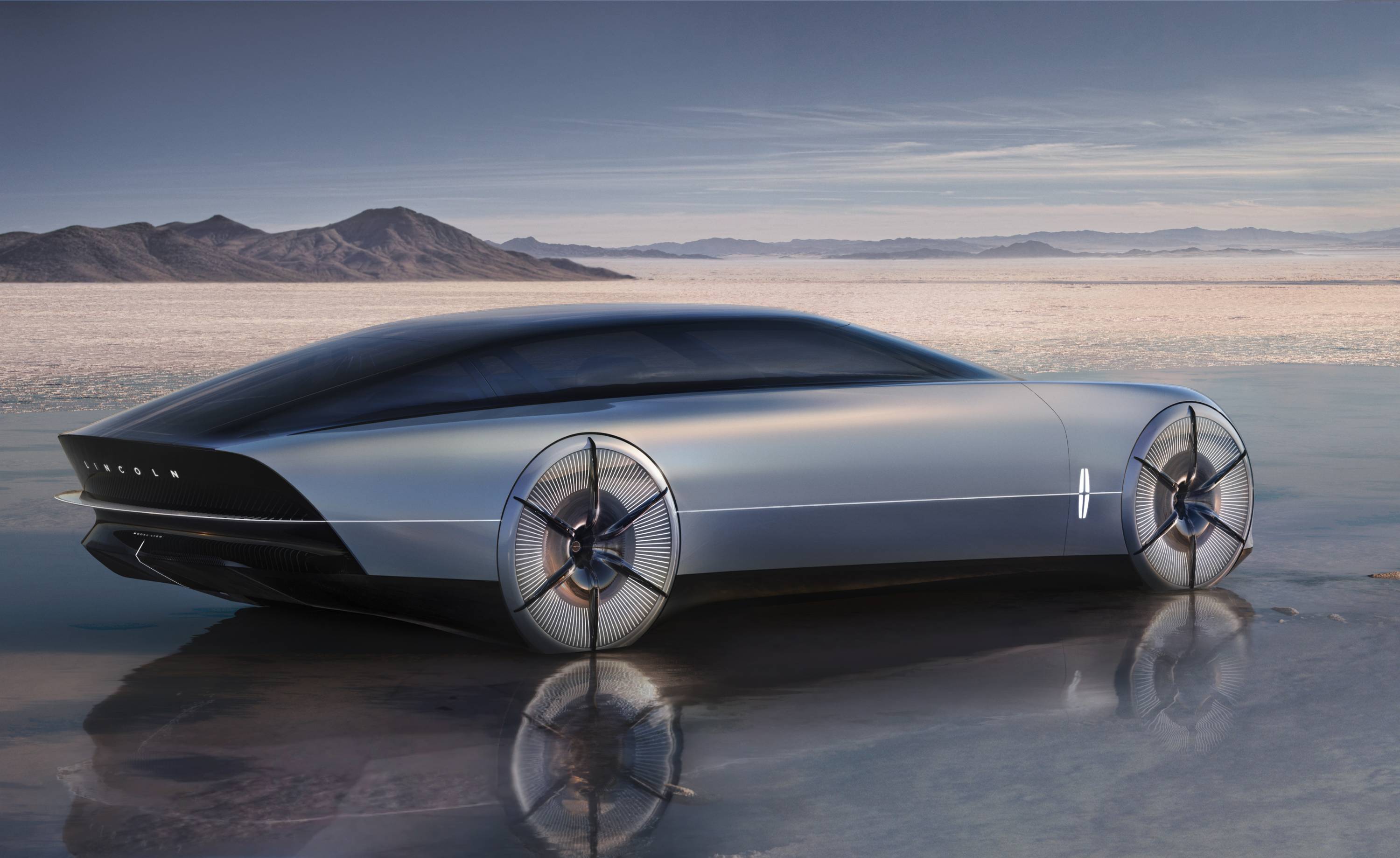 The sun sets on traditional supercars at California’s Monterey Car Week
The sun sets on traditional supercars at California’s Monterey Car WeekMonterey Car Week, the world’s most prestigious car gathering, is showcasing ever-more extravagant special editions, coachbuilt cars and all-new electric concepts. Here are seven key machines from 2022
-
 Is McLaren’s GT a sports car, a tourer, or the best of both?
Is McLaren’s GT a sports car, a tourer, or the best of both?The McLaren GT is a capable all-rounder dressed up in svelte supercar clothes. It might also be the last of its type
-
 Rolls-Royce puts the Phantom back on its lofty pedestal
Rolls-Royce puts the Phantom back on its lofty pedestalA mid-life refresh ensures the flagship Rolls-Royce Phantom Series II is at the top of its game, a last hurrah for traditional engines before an electrified future
-
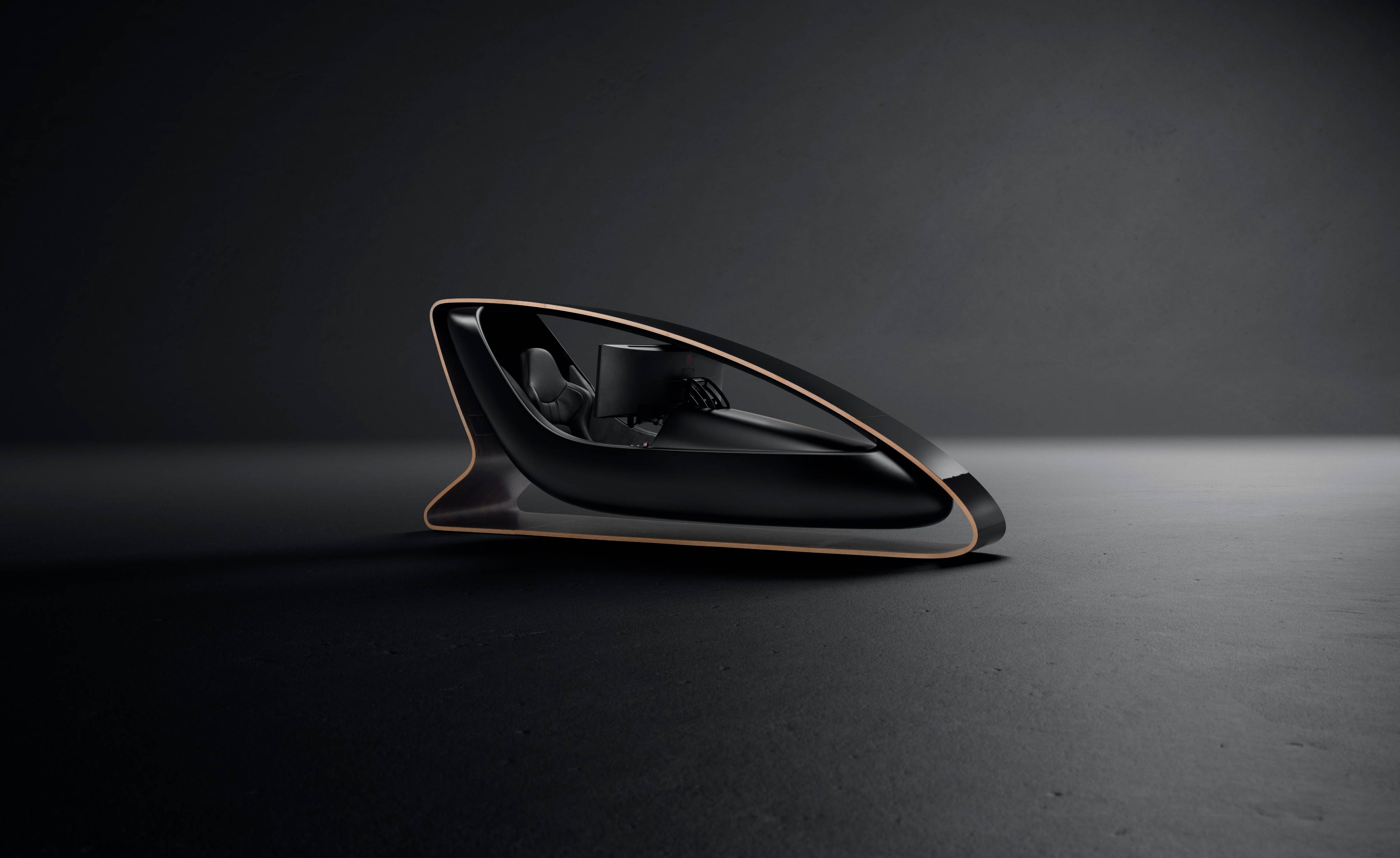 Prodrive’s new racing simulator is shaped by Callum to be front of the grid
Prodrive’s new racing simulator is shaped by Callum to be front of the gridThe racing simulator shapes up – this new design from Prodrive and Callum is honed for the high-end games room
-
 928 by Nardone Automotive: a restomod Porsche with Gallic verve and Italian style
928 by Nardone Automotive: a restomod Porsche with Gallic verve and Italian style928 by Nardone Automotive is a gracefully modernised version of Porsche’s endearingly different 928